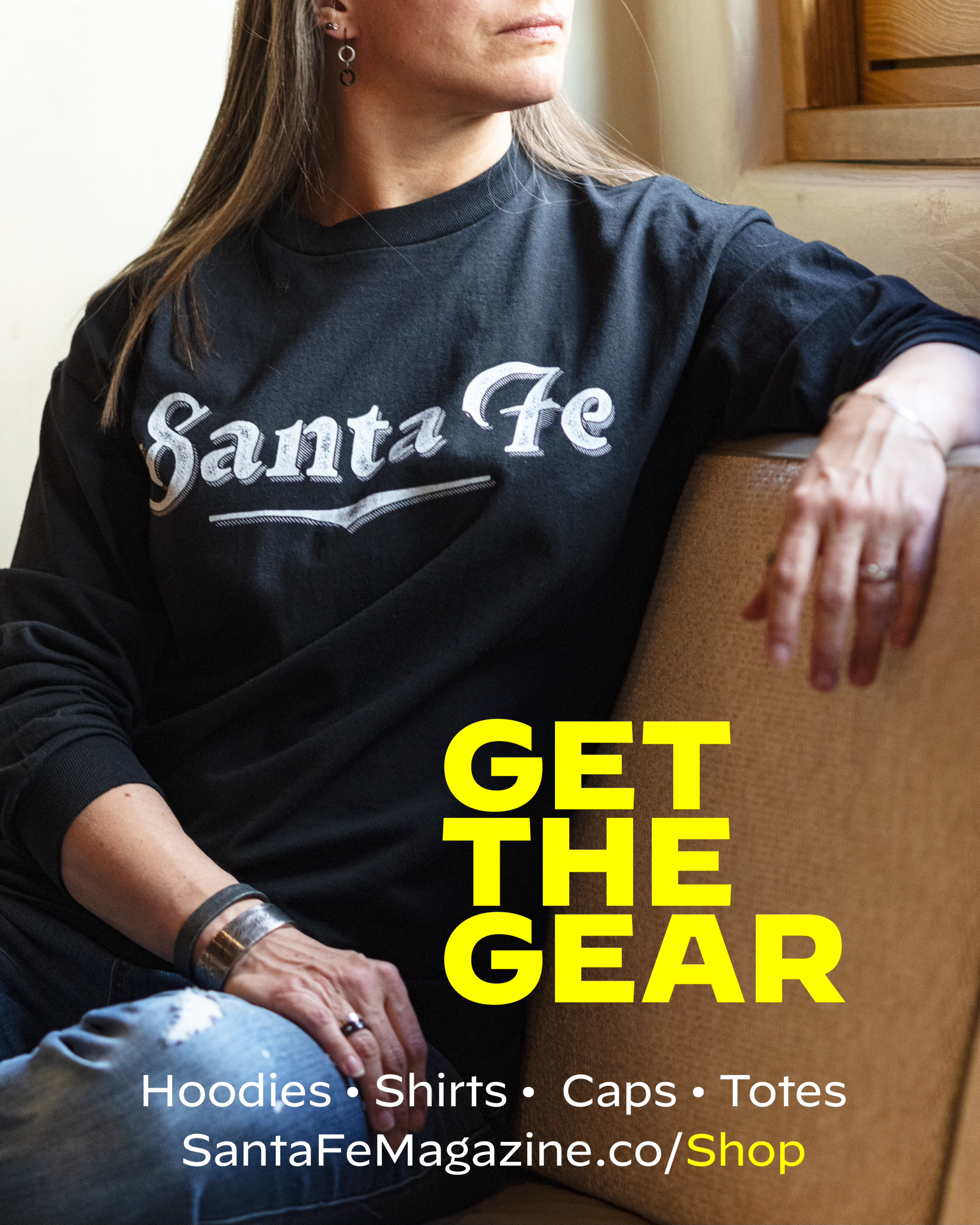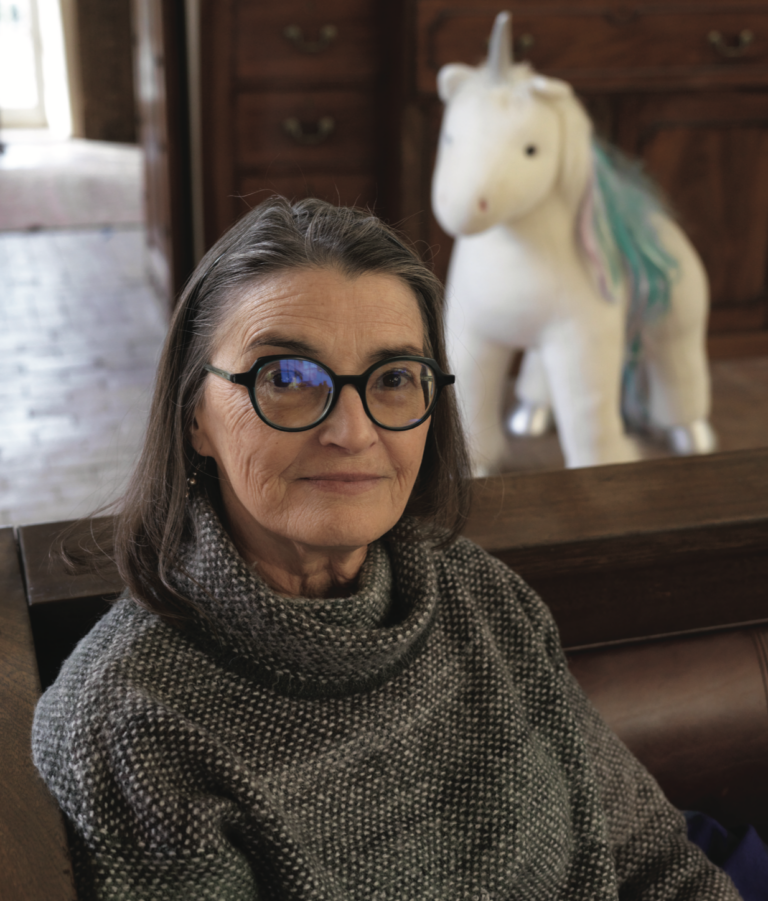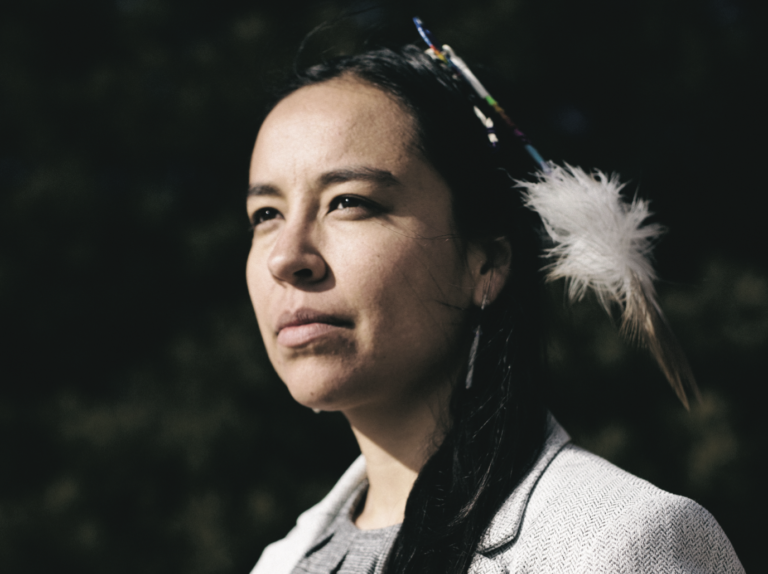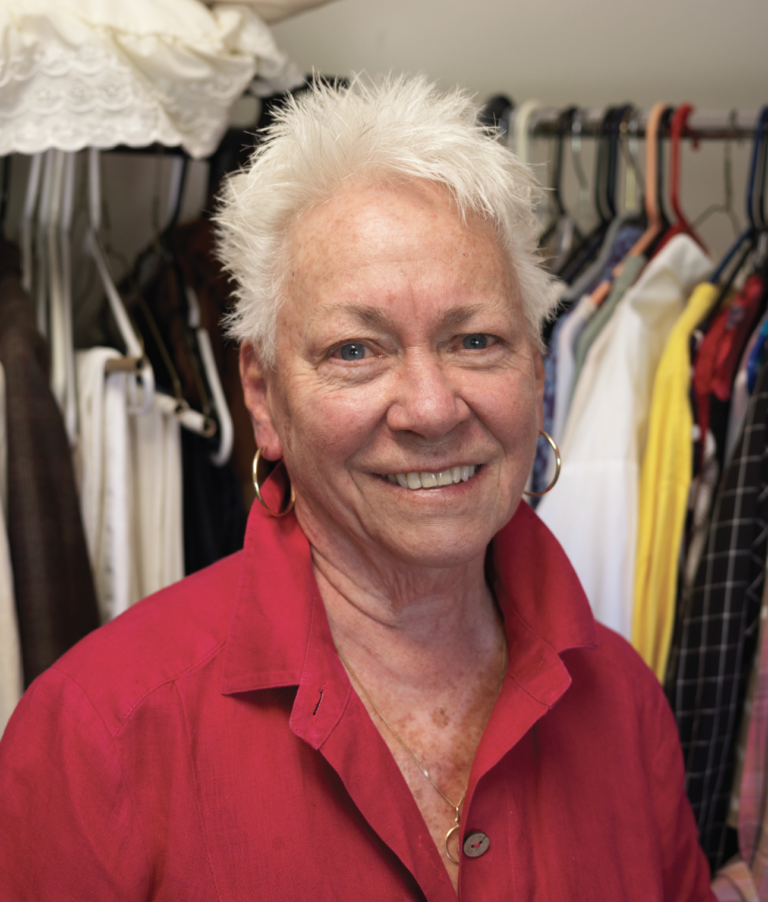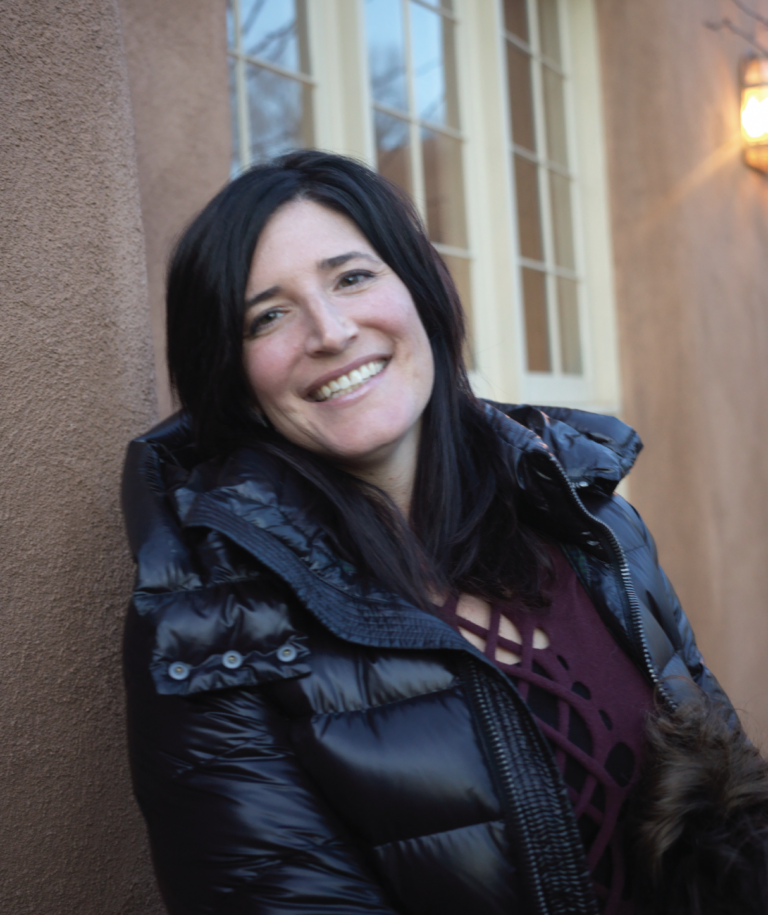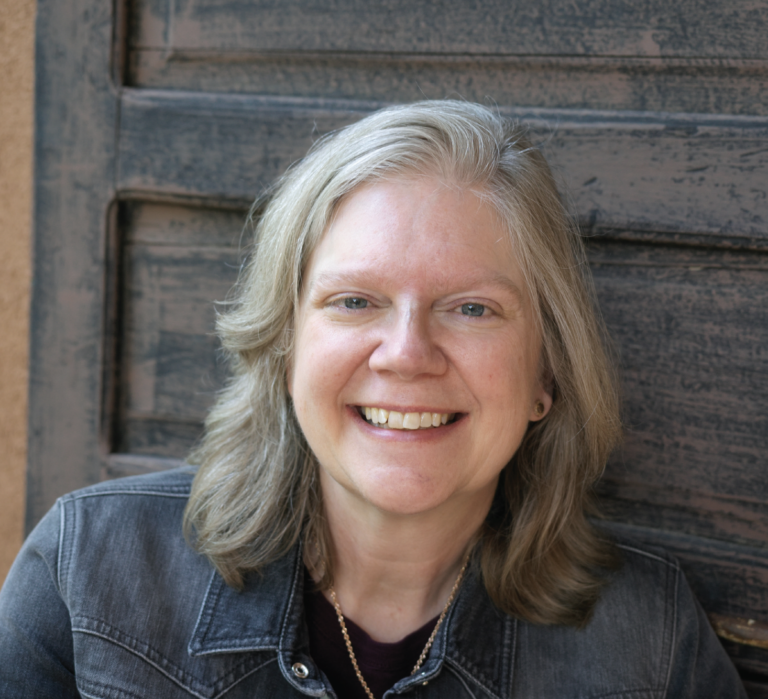EMILY STERN HAS REFUSED to let the dark experiences of her childhood be the defining events of her life. They are the bedrock of her strength and have led to the wholesale questioning of much of what we are generally told to be true and how we should behave. Who are you supposed to love? How should we teach kids how to write? Who do you speak up for or against? She has her own answers. She speaks with both deprecating wit and grounded confidence. And she is hilarious when she decides to be. She had me at “hello.”
What do you teach?
English, creative writing, and humanities. My students range in age from high school through…well, I’ve had a student in their eighties.
Why do they want to write?
The human impulse to tell a story, to tell true stories, to tell true histories. Those are huge inspirations and influences.
I think the truth seeks to be in the light in all of us, whether it’s through creative non-fiction or even an academic essay. The truth seeks to be seen.
It’s often the case that trauma is the motivating factor. Crafting trauma is part of human nature, and then that becomes part of writing, But today the written word has taken precedence over oral storytelling. It becomes more valuable.
Now, I don’t agree with that, but today academics make a clear point to elevate the written storytelling process over the oral storytelling process. I don’t think that one is more or less valuable, but the idea of crafting our trauma and writing our trauma, it’s a whole different ball game than just telling a story.
How do you teach someone to use their words?
I start any writing class by deconstructing our relationship to storytelling and single stories. There’s a great TED Talk about this called “The Danger of a Single Story.” I also talk about intersectionality, which is a theory of practice by Kimberlé Crenshaw. So we examine our roots and our language. At the beginning of any writing class, we spend time deconstructing the notion of writing, the notion of grammar and punctuation. The difference between selecting each word in a sentence, really going through that process. So we read Gertrude Stein and analyze the punctuation of prose, what we put on the page, and go from there. We spend a lot of time trying to connect the stories within the story that we want to tell.
In your own writing, you speak of “coming out” in the Midwest in the 1990s, when coming out wasn’t as trendy as it is now.
No, it was terrifying and dangerous in a lot of ways. I came out in 1990 in Indiana. I got chased by dudes in pickups with bats a lot. My friends and I were kicked out of restaurants all the time. It was very different. I came out as bi. I identify as queer. And yeah, it was a unique time. It was dangerous and it was fun.
When you say you identify as queer, is that how you’d like to be…
Referred to? Yeah, that’s my preference for sure, because I date across gender. And I don’t align with a lot of the political goals of maybe a mainstream lesbian organizer or something like that. I don’t care so much about marriage. I care a lot about the people who are dying and don’t have anywhere to live and still can’t access healthcare because of their sexual identity.
I tend to be a catalyst in any room, kind of the squeaky wheel. I was always like that. I’ve always been civic-minded, maybe annoyingly for some. I think a big part of who I am comes out of growing up in an environment where there wasn’t money, where there wasn’t access. We were on welfare a lot of the time. My mom existed with addiction. And I felt “othered” early on, I guess.
But I also went to a private Jewish school on scholarship. And there were very obvious differences between how those who came from money and those who were on scholarship were treated. It was third grade when I first reached out to the principal and said, Dude, your teachers are awful. They’re treating people like shit because they’re poor.
It’s a travesty that so much trauma happens simultaneously with teaching and learning, and that’s why I became a teacher. I wanted to be part of an environment where people told the truth. I wanted to be a part of an environment that was not traumatizing because learning and trauma don’t occur simultaneously. It doesn’t work. It disrupts the learning and teaching, and it creates fragmented experiences and memories. It impedes everything.
And you are a self-defense teacher?
Yes, I became a self-defense teacher in the mid-’90s. I’ve also been an activist, an artist, and a performer. I taught free self-defense classes all over the country. I co-created a rock opera called The Transfused in the summer of 2000, which I felt like foreshadowed 9/11.
What are you fighting these days?
Well, I’m highly focused on dismantling the supremacist components of where I work to better serve students.
That means examining curriculum, examining practices, using an intersectional lens to examine how and what is being imparted to students. The thing about teaching is this: anything that I believe as a teacher is inevitably and definitely going to be inserted into anything that I’m teaching. So my lens is never anything other than what it is, no matter what I think or theorize about.
There’s a rightness in academia and in the ways that academics insist on – the five-part paragraph, for instance. We could talk about organizing information and clearly conveying it through writing. But instead, we talk about rightness. It needs to consist of this thesis sentence. And this is what should come first. And this is what comes second. And then the last thing has to look like this. And in between it has to look like this.
And so, a lot of the jargon and practices of academia are about control. And they’re about telling somebody, This is what’s right and this is what’s wrong. And that has nothing to do with learning. It has to do with post-industrial revolution education. And doing things right. And being on time. And turning it in properly. And dotting the i’s and crossing the t’s, and rightness. And in that rightness, we alienate and violate so many other truths. Multiple realities exist simultaneously, but academia doesn’t look at it that way.
Is the rigidity of the way things are taught at odds with the feeling of freedom that we think of as New Mexico?
Yeah, I would say so. I wouldn’t dare to speak on behalf of any of the communities here. What I can say for my own observation is that it’s absolutely in direct opposition to the open way the land tells us stories here. We don’t have to frame them; they simply exist. You don’t have to look far to find a story in the land or a storyteller who is interested in sharing truth and real history. I do think that traditional academia is not in service to the unfolding of truth. It’s in service to organization, categorization, and defining and assigning value to “truth.”
What’s it like to be queer in Santa Fe?
One thing about Santa Fe is its complexity and its diversity, the fact that it’s challenging to all come together because histories and truths are shrouded or blocked. Some stories and voices are uplifted more than others, and it’s hard to all come together.
I care a lot about connecting with people even if we don’t agree; that’s always been my thing. I want to be a part of environments where we can disagree and not kill each other. I believe in the strength of our differences. That’s the world I want to be in.
This is critical to the evolution of humanity. Look at the dinosaurs. Homogenized species don’t work.
Photo SFM

